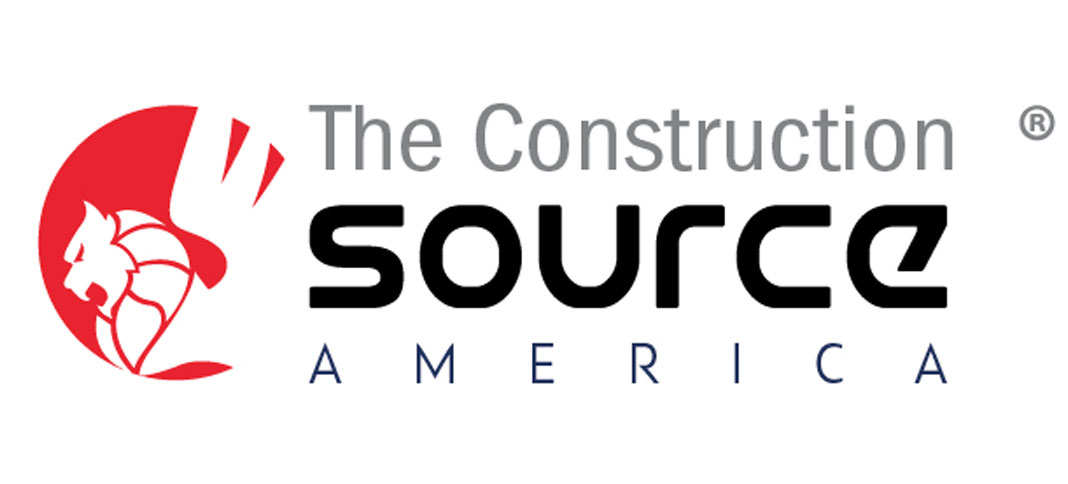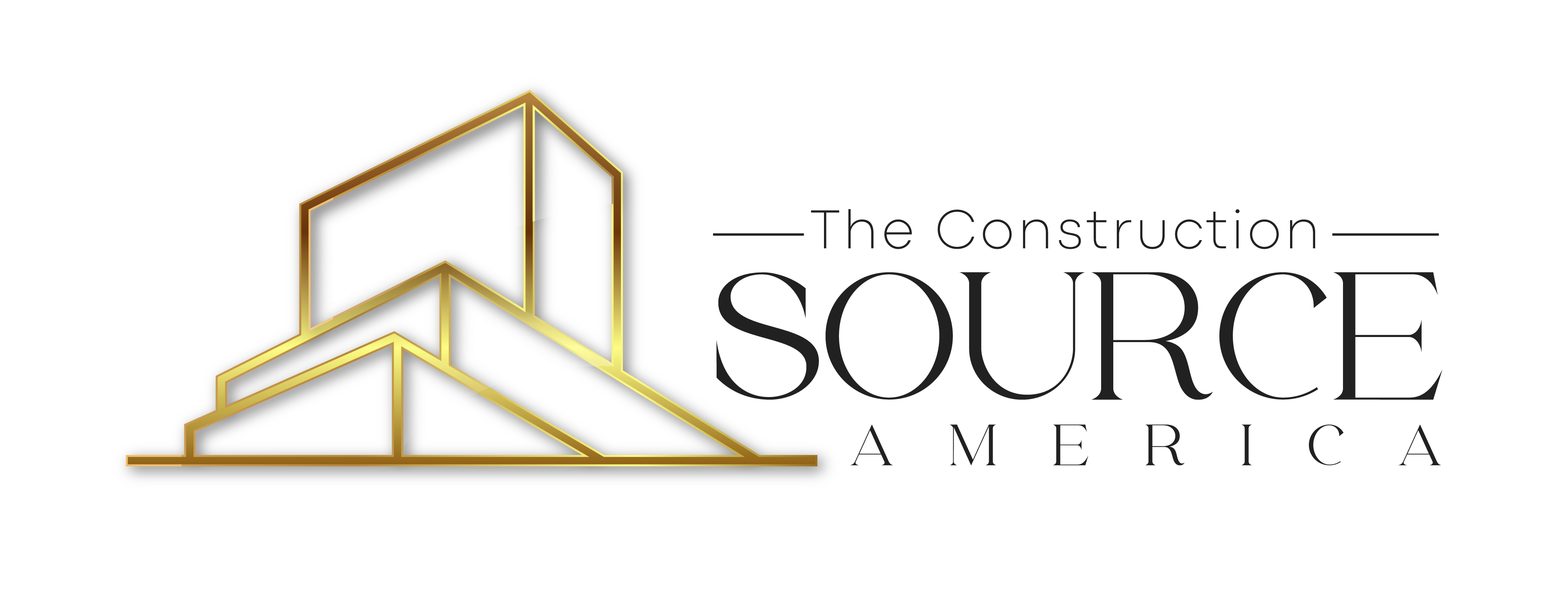For over a decade, Contrarian Metal Resources (CMR) has been helping architects, panel manufacturers, fabricators and contractors succeed in creating one-of-a-kind, sustainable buildings with their high performance flat rolled metals. According to President Jim Halliday, their vast selection of decorative stainless steel, titanium and other metal finishes – all specifically engineered for architectural applications – is “unrivalled in the market.”
CMR’s portfolio includes a variety of textures, surface treatments and finishes – as well as custom finish solutions to assure maximum design flexibility. They represent only “best-in-class products,” Halliday says, and their unique focus on architecture delivers a product line geared towards uniformity, flatness and proper grade selection to ensure exceptional appearance and performance.
The company’s metals are used in roofing, curtain walls, column covers, elevators, and other architectural applications. Made primarily from recycled material, CMR’s products are also designed to last the life of a building – without finish deterioration. Even when the building is eventually torn down, the intrinsic value of stainless steel and titanium components makes them likely candidates for further recycling.
“There’s no degradation in quality from recycling and re-melting stainless steel parts,” Halliday says. “There’s no limit to a downstream application of stainless steel.” As a result, stainless steel designs have a low environmental impact and generate long term value to the building owner.
Contrarian brothers
Halliday started his career studying architecture, having been attracted to the balance of art and engineering the field required. After school, he worked for a steel mill for 20 years, where he was put in charge of product and market development.
Fred Deuschle – Halliday’s business partner and friend – also studied engineering, and was equally gifted with creativity at an early age. As a young metallurgist he worked for a steel mill, where he was put in charge of quality control. After a decade of experience in that role, he joined the same steel mill where Halliday worked. After Deuschle advanced into management, the pair worked closely together and their blend of knowledge resulted in the “ultimate creative, technically competent problem solving machine.”
Shortly after Deuschle and Halliday started working together, it became readily apparent how similar their thought processes were. The pair was quick to offer different perspectives and inclined to evaluate alternative solutions. In recognition of their “maverick ways,” Halliday says, they were dubbed the “Contrarian Brothers” by their department head. They wore that moniker like a badge of honor.
Later, in 2000, Halliday and Deuschle were working on commercializing a low-glare stainless steel flat rolled product the company had developed. It was a good, sustainable product, Halliday says, but the company had no infrastructure in place to effectively bring it to market. After almost a year of research, Halliday came up with a plan to create an architectural materials division that would focus on the construction market by making flatter, more visually uniform products.
“It was apparent to us that stainless steel offered a tremendous amount of value as a building material, but people weren’t building buildings with it,” Halliday says. “Instead they were making appliances – permanent capsules to contain 15 years worth of moving parts.”
Conversely, he adds, they were making buildings out of materials that would need to be replaced or maintained every couple decades – while a typical building will last a couple hundred years. “Why not match up the life of the materials you use with the life cycle of what you’re making?” Halliday recalls asking himself. “That was our vision.”
As proposed, the architectural materials division Halliday designed would coach architects on writing proper stainless steel specifications, market to architects, and supply small and large quantities for a variety of applications. At the time, however, those activities were foreign to the way steel mills were managed, so the proposal was turned down. Halliday was initially disappointed, but that disappointment quickly turned into excitement – the architectural products division was a great plan, and he and Deuschle now had the opportunity to adopt it and do it on their own.
In July 2001 – after meeting with an accountant, a lawyer and a banker – a viable financial strategy was created, and Contrarian Metal Resources was founded. Deuschle insisted on the name – not only did it define the business, but the partners as well. The company’s plan, after all, was to convince architects to envelope their buildings in stainless steel. That required a different way of looking at architectural design – it required a “contrarian point of view.”
In the years since, CMR has prospered, having successfully changed the way stainless steel is used in construction.
The right thing
Contrarian has consistently achieved success over the years, Halliday says, because they have filled a gap in the market that no other stainless steel company has thought or managed to do. “When it comes to stainless steel for buildings, we’re a meaningful part of the market, there’s no doubt of that. Our competition is other materials that usually don’t last as long.”
“I’m dumbfounded that people aren’t lining up to build buildings this way,” he adds. “It’s really the way to go. There’s more to it than just the longevity of the building – stainless building envelopes also save energy. Stainless steel is a very efficient thermal and solar reflector, so a stainless-clad building provides a degree of insulation that other materials typically do not.”
Stainless steel is also dirt resistant, so buildings made with the material only need to be cleaned infrequently to make them look brand new again. Even a building with 45 years of dirt can be fully restored with nothing more than soap and rags – no other building material can say the same.
The one downside, Halliday explains, is the initial cost of stainless steel can be higher than other materials. The trade off, however, is it requires a lower maintenance cost and saves energy. “Frankly, you’re doing the right thing when you use our stuff,” he says. “It’s the most underappreciated material on earth because it does so much.”
Contrarian’s choice of material goes a long way to setting the company above and beyond when it comes to the building materials market – but it doesn’t get them all the way there. They also go out of their way to provide exceptional customer service, Halliday says. That starts with putting a lot of effort into ensuring the right grade and the right finish of the metal is supplied for the environment.
“If you start there, you manage two-thirds of the risk,” he says. “Our customers have come to trust our judgment and our help in keeping them out of trouble, and helping them manage risk.”
The company also puts a great deal of effort into product execution – the part of the process where they shape-correct their coils, and ensure they are as “perfect as we can make them,” Halliday says. “We really go the extra mile to ensure the product is great.”
“We put the right material on the job, and make sure the right process steps are included to execute at a very high level,” he summarizes. “Then the customer has a successful project, and when they have another stainless steel opportunity they’ll prefer to work with us.”
Even contractors – who can be resistant to stainless steel because of the initial cost – prefer to work with CMR for their approach to risk management. “They don’t need issues coming up, or complaints or problems – that’s what really eats the money up. It’s not how cheap the materials are, it’s how successful the execution is, and there are many who appreciate us for that.”
Quality and reputation
“When we started our company, the notion of a stainless steel building envelope was almost ridiculous,” Halliday recalls. “I think what we’ve managed to do is convert that thought to ‘Yes, stainless is great, but it’s expensive.’ I think that’s a massive conversion. We’ve got it recognized as a credible building material.”
In five to 10 years, CMR would like to achieve another market-wide conversion in thought. Instead of ‘Stainless is expensive, and I can’t afford it,’ they want the popular line of thinking to be ‘The best value building envelope is stainless steel.’
“I believe that to be absolutely true,” Halliday says. “It’s just a matter of converting people’s thought over to that new point of view, and that’s where I want to see this company in five to 10 years. At that point, extraordinary economic and business success will follow. Economic success isn’t the goal, it’s the outcome.”
“As long as we remain in a leadership position in terms of product offering, quality, and reputation, I think our company will grow.”
Moving forward, another one of the company’s focuses will be trumpeting the energy benefits of stainless steel. A press release on the topic will be issued shortly, and Halliday says they are hopeful that more effort can be exerted industry-wide to educate people. “At minimum, they ought to try to prove us wrong,” Halliday laughs. “Because we’ve got one hell of an argument, and we’re going to be presenting that argument.”
As a company that produces and distributes truly sustainable building materials, Contrarian Metal Resources is well positioned to capitalize on the burgeoning green movement. In general, Halliday concludes, they want to make a meaningful contribution to the world – and they are well on their way to doing just that.




